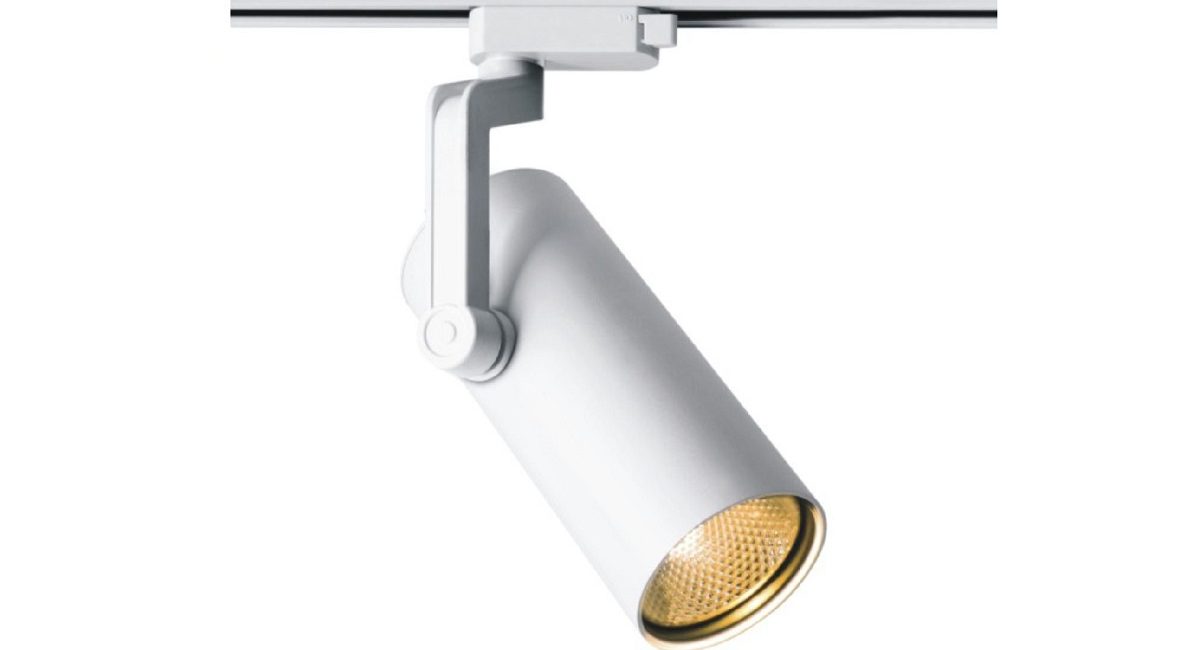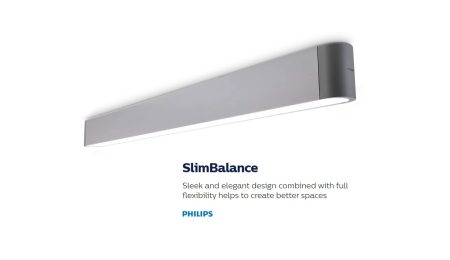Track Lighting: A Versatile Lighting Solution for Your Home or Office
Introduction to track lighting
Lighting is a crucial element in any room, and the right lighting can make all the difference in creating the desired ambiance. Track lighting is a popular lighting solution that provides a versatile, flexible, and stylish way to illuminate a space. In this article, we will explore the benefits, types, components, installation, and maintenance of track lighting.
In this article we will discuss:
- Benefits of track lights
- Types of track lights
- Components of track lights
- How to install track lights
- Maintenance and cleaning of track lights
- Conclusion
Benefits of track lighting
One of the main advantages of track lighting is its flexibility. It allows you to adjust the direction and intensity of the light to highlight specific areas or objects in a room. Track light is also easy to install and can be mounted on walls or ceilings, depending on your preference. Moreover, track light is a cost-effective and energy-efficient lighting solution that can help reduce your electricity bill.
Another benefit of track lighting is its design versatility. It comes in a variety of styles, colors, and materials, making it easy to match your decor or create a unique look. Additionally, track lights can be used in different types of spaces, from homes to offices, to accentuate art pieces or create a dramatic effect.
Types of track lighting
There are three main types of track lights: line voltage, low voltage, and LED.
a. Line voltage track lights
Line voltage track lighting is the most common type of track lights. It uses 120-volt AC power and is ideal for accent lighting or general lighting in larger rooms. Line voltage track lighting is easy to install and can be used with a variety of bulbs, including incandescent, halogen, and fluorescent bulbs.
b. Low voltage track lighting
Low voltage track lighting uses a transformer to reduce the voltage from 120 volts to 12 volts. This type of track lights is energy-efficient and can save you money on your electricity bill. Low voltage track lighting is also ideal for highlighting art pieces, as it produces a more focused and intense light.
c. LED track lighting
LED track lighting uses LED bulbs, which are highly energy-efficient and have a long lifespan. LED track lighting is ideal for accent lighting or task lighting in smaller rooms. LED bulbs come in a variety of colors and temperatures, allowing you to create different moods or effects.
Components of track lighting
Track lighting consists of four main components: track, fixtures, bulbs, and accessories.
a. Track
The track is the backbone of track light. It is the long, narrow bar that houses the electrical conductors and provides support for the fixtures. Tracks come in different lengths and can be customized to fit your space. They can also be straight or curved, depending on your preference.
b. Fixtures
Fixtures are the lighting units that attach to the track. They come in different styles and shapes, such as spotlights, floodlights, pendants, and directional lights. Fixtures can be easily moved and adjusted along the track to provide the desired lighting effect.
c. Bulbs
The bulbs are the light source of track lighting. They come in different types, including incandescent, halogen, fluorescent, and LED bulbs. The choice of bulb depends on the type of track lighting and the desired lighting effect.
d. Accessories
Accessories are the additional components that enhance the functionality and style of track lighting. They include things like dimmer switches, extension rods, and connectors. Accessories can also be decorative, such as decorative shades or colored lenses, which can add to the visual appeal of the lighting.
Before you begin the installation process, it’s important to understand the different components of track lighting. These include track heads, track sections, power feed and connectors, and accessories such as dimmer switches and decorative shades.
Installation Process
The installation process for track lighting can vary depending on the specific model and design you choose, but generally follows these steps:
- Planning and preparation: Choose the location for the track lighting system and plan the layout. Gather all necessary tools and materials.
- Mounting the track sections: Install the mounting bracket and screw in the track sections.
- Installing the power feed and connectors: Attach the power feed and connectors to the track sections.
- Attaching the track heads: Snap the track heads onto the track sections and adjust as needed.
- Wiring the track lighting system: Connect the wiring to the power source and test the system before finalizing the installation.
- Testing and adjusting the lighting: Turn on the power and test each track head. Adjust the heads as needed to ensure proper direction and brightness.
Maintenance and Cleaning
To keep your track lighting system functioning at its best, regular maintenance and cleaning are important. This includes dusting and wiping down the track and heads, replacing light bulbs as needed, inspecting and tightening connections, and adjusting the track heads as needed.
Conclusion
Proper installation and maintenance of track lighting can ensure that your lighting system functions efficiently and safely, providing the desired level of lighting and design aesthetics. For homeowners and businesses looking for a flexible lighting option, track lighting is a great choice.




Leave a Comment